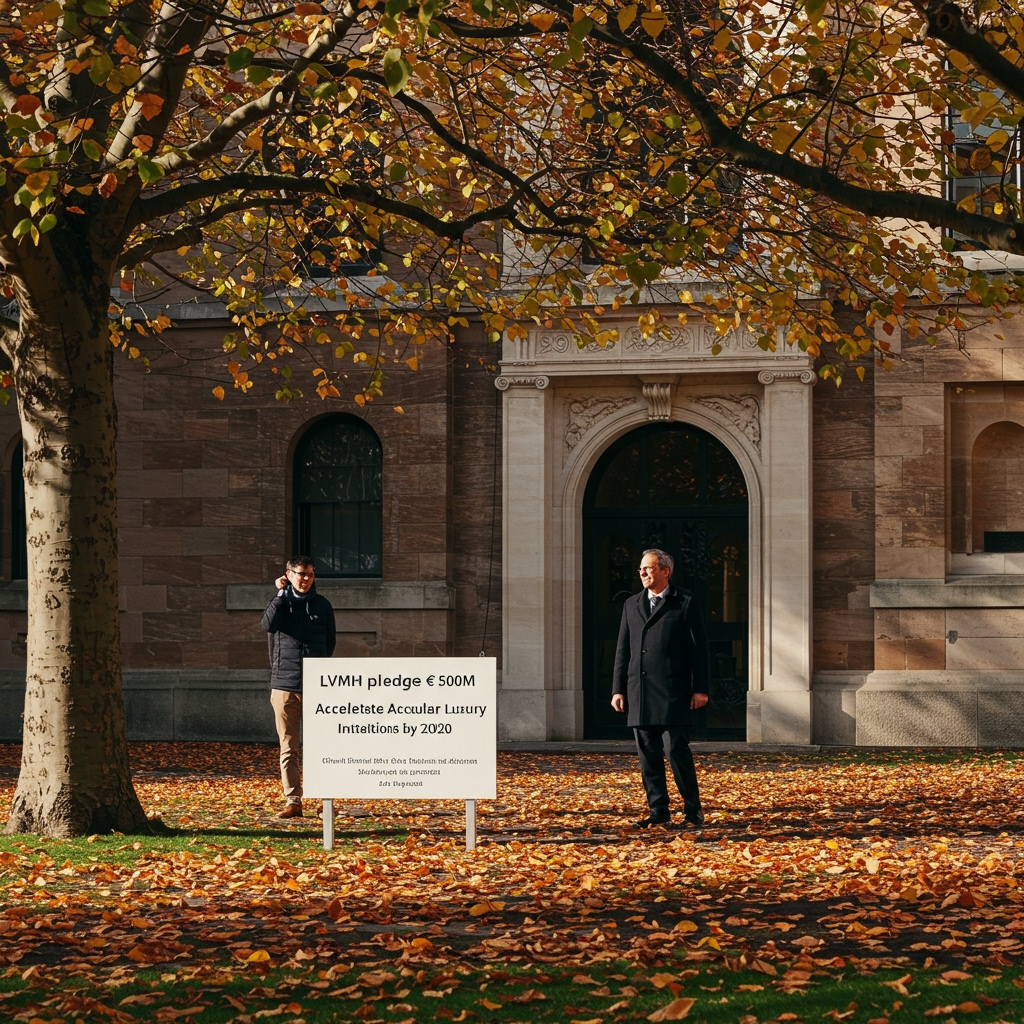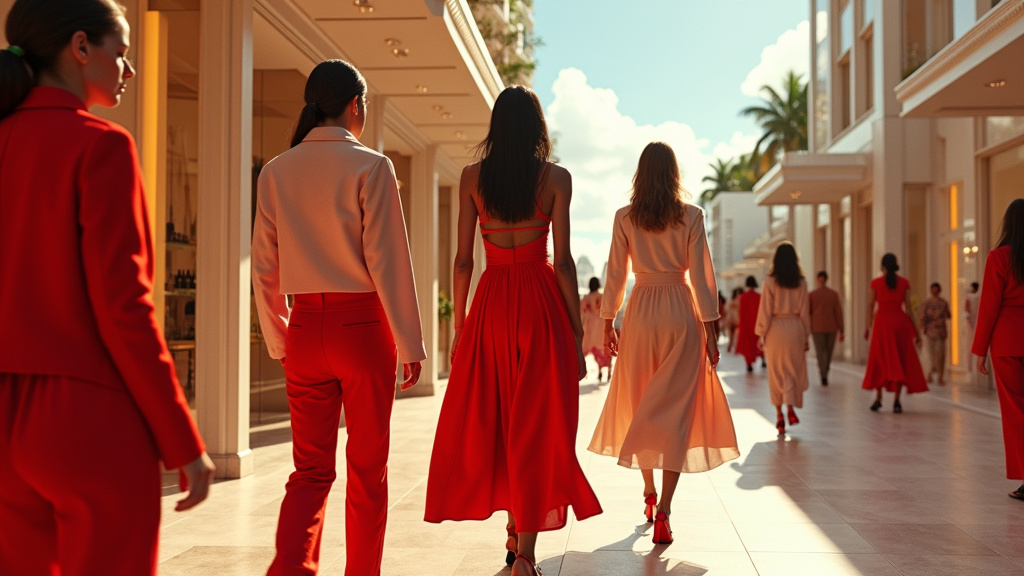LVMH Unveils Major €500 Million Circularity Investment
Paris, France – LVMH Moët Hennessy Louis Vuitton, the world’s leading luxury conglomerate, has announced a landmark commitment of €500 million over the next five years, specifically earmarked to dramatically accelerate its initiatives in circular fashion and luxury by the year 2030. This significant financial pledge, officially unveiled on April 25, 2025, underscores a strategic pivot towards embedding sustainable practices deeper within the operations and value chains of its extensive portfolio of maisons.
The half-a-billion-euro investment is not merely a financial allocation but represents a comprehensive strategic framework designed to tackle key areas critical to achieving a circular economy within the high-end sector. The initiatives targeted by this funding are multifaceted, aiming to create more sustainable cycles for materials and products from creation through to end-of-life and beyond.
Key Pillars of the €500 Million Investment
The substantial €500 million investment, spread over five years with an ambitious target date of 2030 for significant acceleration, focuses on several interconnected pillars essential for building a robust circular luxury model. A primary focus is on enhancing material recycling programs across the group’s diverse brands. This involves investing in technology and infrastructure to improve the sorting, processing, and reintegration of materials – from precious metals and stones to textiles and leather – back into the production cycle. The goal is to minimize waste and reduce the reliance on virgin resources, a critical step in mitigating the environmental footprint of luxury goods.
Another significant portion of the €500 million will be directed towards the expansion of resale platforms. Recognizing the growing importance of the secondary market for luxury goods, LVMH plans to scale up its involvement in providing official or supported avenues for the resale of pre-owned items. This initiative is specifically highlighted to include key flagship brands such as Louis Vuitton and Christian Dior, facilitating a longer life cycle for their products and capturing value within the brand ecosystem rather than losing it to external, potentially less controlled, markets. Expanding these platforms enhances accessibility and desirability for a new segment of consumers while promoting the longevity and enduring value inherent in luxury craftsmanship.
Furthermore, the investment will fuel deeper research and development into innovative, sustainable textiles and materials. This involves exploring bio-based alternatives, recycled fibers, and low-impact production methods. Investing in cutting-edge material science is crucial for future collections to be inherently more sustainable from their inception, reducing the environmental burden associated with traditional material sourcing and processing. This research aims not just at incremental improvements but at potentially transformative breakthroughs in textile technology.
Technology, Traceability, and Upcycling
Beyond materials and resale, the €500 million fund will support vital partnerships with technology firms. A key application of this technological collaboration is enhancing traceability throughout the supply chain. In the luxury sector, ensuring the provenance of materials and the ethical journey of a product is paramount for both sustainability and brand integrity. Leveraging technologies like blockchain or advanced data analytics can provide unparalleled transparency, allowing LVMH and its customers to track a product’s lifecycle and verify sustainable claims. This transparency is increasingly demanded by conscious consumers.
Scaling up upcycling efforts is also a core component funded by this significant investment. Upcycling, the creative reuse of discarded items or materials into products of higher value, is a powerful tool for waste reduction and innovation. LVMH intends to expand existing upcycling initiatives and integrate them more systematically across its maisons. This could involve transforming production offcuts into new designs, refurbishing vintage pieces, or creating entirely new collections from salvaged materials, further demonstrating the creative potential within a circular model.
Responding to Pressure and Setting Industry Standards
This substantial €500 million commitment, announced on April 25, 2025, is strategically positioned as a direct response to increasing pressure from both consumers and regulatory bodies regarding the environmental impact of the luxury sector. As awareness grows about climate change, resource depletion, and waste, consumers are increasingly scrutinizing the sustainability credentials of the brands they support, even in the luxury market where durability and timelessness are inherent values.
Simultaneously, governments and international bodies are implementing stricter regulations concerning environmental reporting, waste management, and supply chain accountability. By proactively investing heavily in circularity, LVMH aims not only to comply with current and future regulations but also to position itself as a leader in sustainable luxury, potentially setting new standards for the industry. The investment signals a recognition that environmental stewardship is no longer a secondary concern but a fundamental aspect of maintaining relevance, desirability, and long-term value in the luxury market. The ambitious goal of significant acceleration by 2030 highlights the urgency LVMH places on these initiatives, aiming to solidify its leadership in luxury while minimizing its environmental footprint through comprehensive circular economy strategies.





